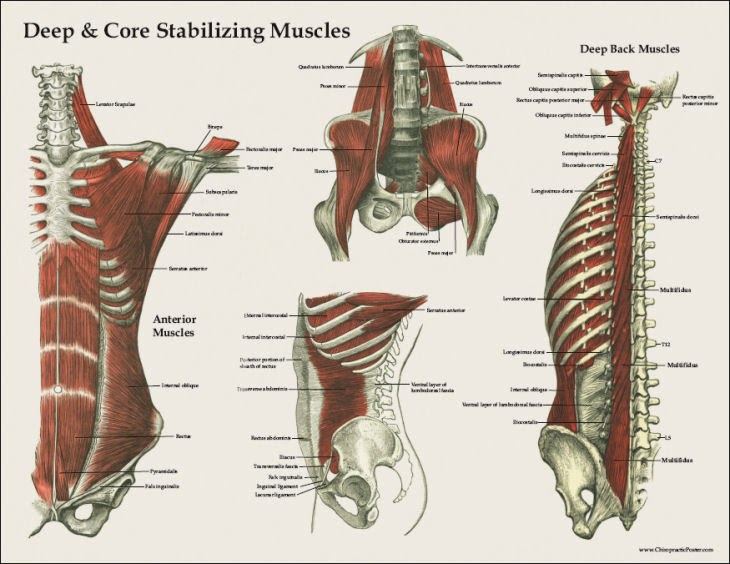The fitness industry is saturated with negativity: don’t this or that,
that exercise hurts your knees, this one is bad for you back, your form is bad,
you will hurt yourself. YOU CAN”T DO IT. For an industry that is supposed to be
about helping people become healthier and be better it sometimes feels like the
fitness media, some professionals, or sometimes friends and family seem more
bent on telling what we cannot do rather than focusing on helping us discover
what we can do. Idiots, I say that in the most loving way possible, but still,
idiots.
There is a simple solution for these kinds of people or forms of
influence in your life. Ignore them and minimize contact with them. If that is
not possible then surround yourself with enough positive voices to drown out
the few negative ones and remember these words:
It is not the critic who counts: not the man who points out how THE
STRONG MAN stumbles or where the DOER OF DEEDS could have done better. The
CREDIT belongs to THE ONE who is actually IN THE ARENA, whose face is marred by
dust and sweat and blood, WHO STRIVES VALIANTLY, who errs and comes up short
again and again, because there is NO EFFORT WITHOUT ERROR or shortcoming, but
who knows the great enthusiasms, the great devotions, who spends himself in a
WORTHY CAUSE; who at best, knows in the end, the TRIUMPH of high achievement,
and who at worst, if he fails, at least he fails while DARING GREATLY, so that
his place shall NEVER be with those COLD and TIMID SOULS, who knew neither
victory nor defeat.- Theodore Roosevelt
When my weight loss journey began as a teenager, I put that quote up in
my bedroom to remind me that the critics do not count. Too many times people
misunderstand success, and in doing so, allow the failures of others to predestine
their own failure. This is a major mistake. People criticize what they unable
to do for themselves. Critics are absolutely useless; forget about them. Along
the way, these experts at failing will explain and reason away why they failed.
When someone starts into a litany of why you cannot succeed, remember, that
person is telling their story of failure, not yours. You will not have story of
failure because you will succeed. Success comes because you understand
something that the bitter failures do not.
Success comes to those who do not compete with others but instead compete
only with themselves. This is the only way to avoid jealousy. It is the only
way to become better instead of bitter. The competition is the person in the
mirror starring back at you. Become better today than you were yesterday and
every day you will be winning. “The greatest fear in the world is the opinions
of others, and the moment you are unafraid of the crowd you are no longer a
sheep, you become a lion. A great roar arises in your heart, the roar of
freedom.”-OSHO
Life is performance based. Results come to those who make an effort,
not excuses. Successful people are not gifted with some secret talent or
ability. They work hard and succeed on purpose. The success comes because they
have learned to ignore the critics and get back up after getting knocked down.
People who criticize fail because they thought success is about how high a
person can climb. It is not, success is persisting despite the odds going
against you. Sound uncomfortable? It is, and successful people learn to fall in
love with discomfort because discomfort is the catalyst of growth and change.
Negative people do not win at weight loss because they are unwilling to become
uncomfortable. So they never experience growth.
Move out of your comfort zone. You can only grow if you are willing to
feel awkward and uncomfortable when you try something new. - Brian Tracy
Negative people refuse to take action, so they never go anywhere, try
anything or ever experience progress. Success is directly tied to action. There
may be mistakes along the way but successful people do not quit.
